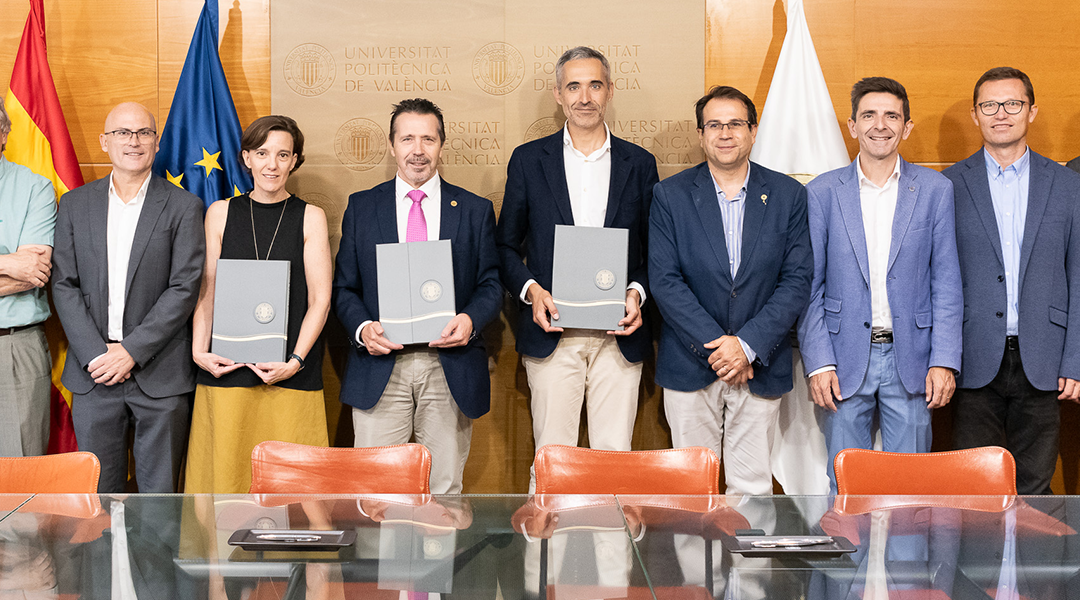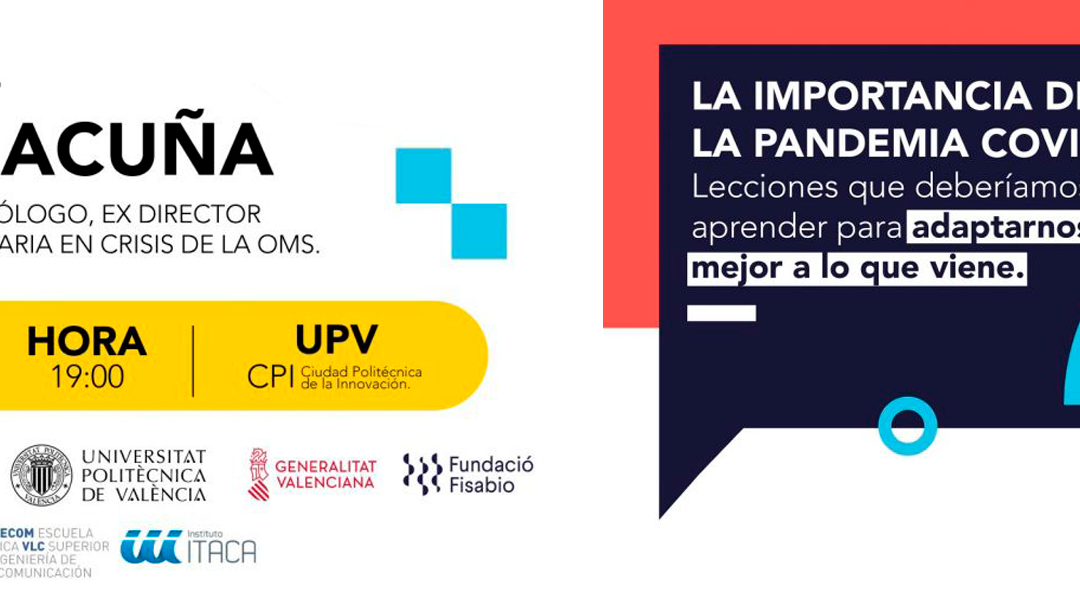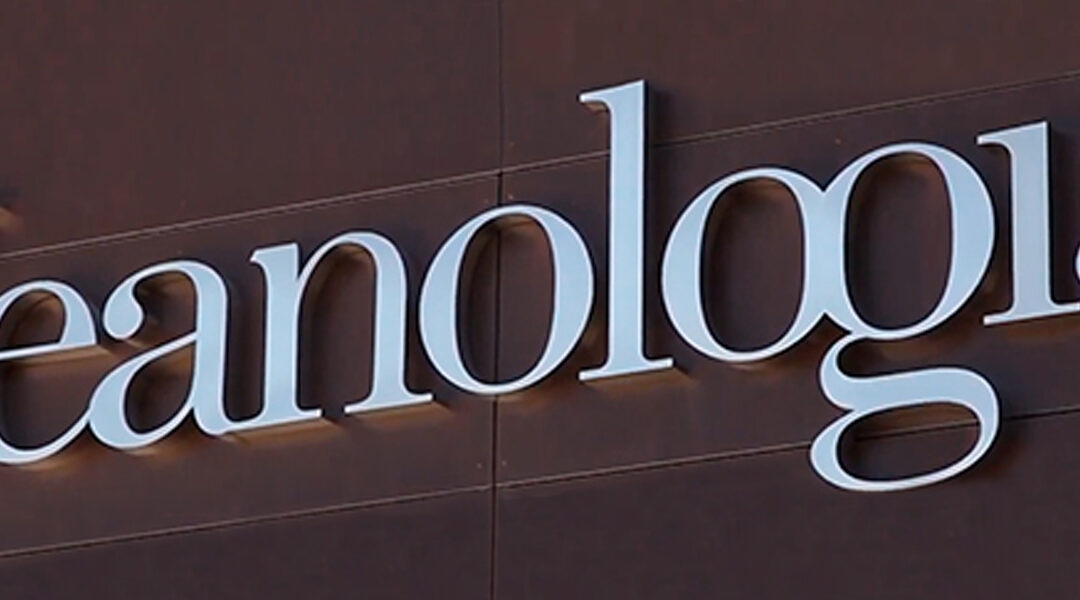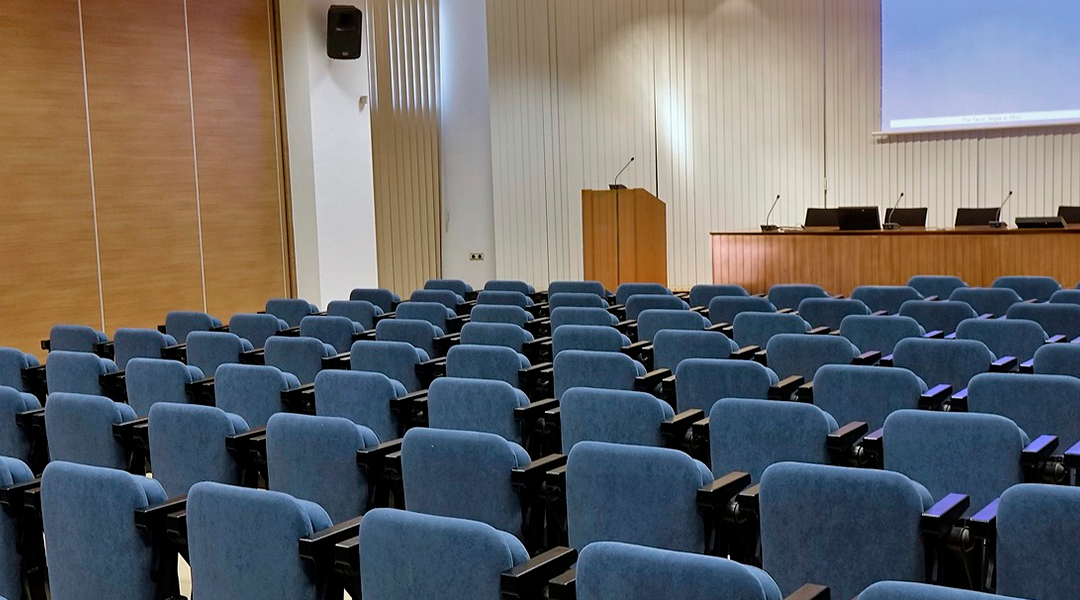
por itaca@itaca | 15 Dic, 2023 | Entradas, Notice board
The Air Navigation Systems Area of the ITACA Institute has published a call for the recruitment of a pre-doctoral researcher (FPI) linked to the project «Definition and validation of safety, performance and interoperability requirements for the future U-space...

por itaca@itaca | 24 Jul, 2023 | Destacadas, Entradas, Notice board
The Universitat Politècnica de València (UPV), the Spanish National Research Council (CSIC), and the engineering and technology group Sener have signed an agreement today to develop a pilot plant for the generation of green hydrogen, based on a disruptive technology...

por itaca@itaca | 31 May, 2023 | Destacadas, Entradas, Notice board
Under the title “The importance of not trivialising the Covid19 pandemic: Lessons we should learn to adapt better to what is coming“, the renowned epidemiology expert Daniel López-Acuña will give a talk on Thursday, 1 June at 19:00 at the Polytechnic City of...

por Itaca | 25 Nov, 2022 | Destacadas, Entradas, Notice board
The first conference of the Jeanologia MISSION ZERO Chair: Reduction of water consumption and pollution in industrial processes will take place next Tuesday 29th November at 16h in the ETSII Hall. Aimed at both UPV students and professionals, the conference will...

por Itaca | 14 Nov, 2022 | Entradas, Notice board
On November 24, at 12:30 p.m. in the Innova Room (Building 8G, Access A, 4th floor), Universitat Politècnica de València, the reading and defense of the Doctoral Thesis “Clinical Decision Support Systems for Palliative Care Referral: Design and Evaluation of Frailty...








